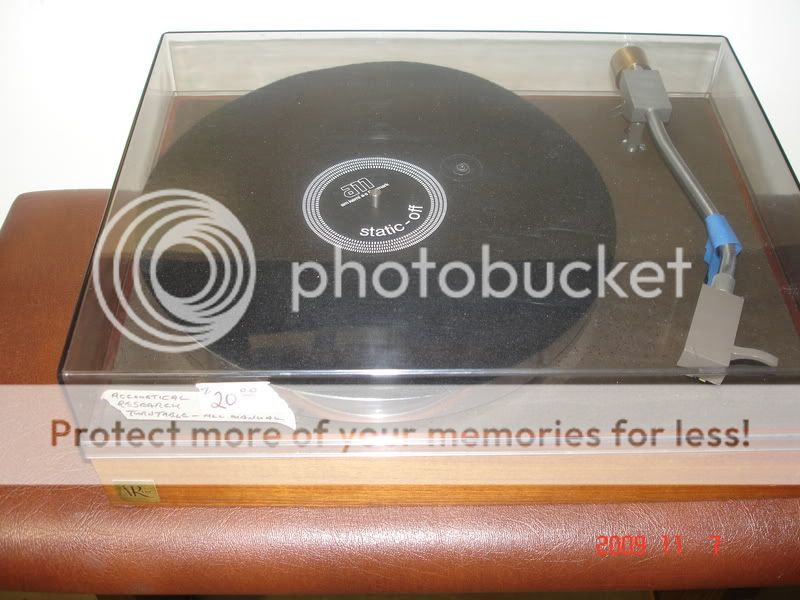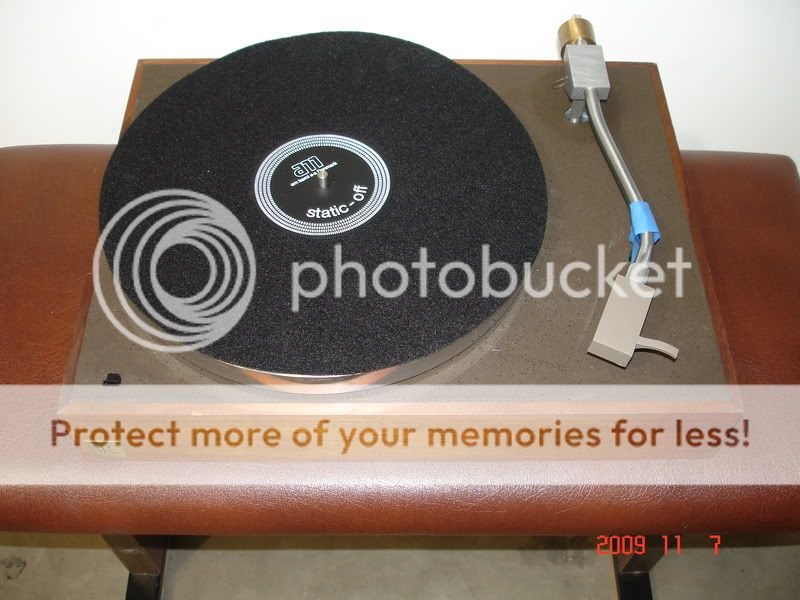Paul R
pfm Member
Maybe a bit of progress.
With the board as was, nothing connected other than three wires from my bench supply and an oscilloscope probe and just sitting on the table, the hum varied from 25mv to huge, between 50Hz and 100Hz according to mood and everything was very sensitive to vibration, positioning, being breathed upon etc.
A bit of tinkering really changed nothing.
I added a pair of 47u electrolytics across the supplies where they reach the board. The result was much quieter rails before the regs and more or less silence on the output. I then realised that no signal was getting through. The eq cap had failed to short circuit. But one of the stages was hum free. The input stage was still noisy though.
So I removed the gyrator pass transistors and bodged LM317/LM337 regulators in their place. Now with no wires connected to the input the result was pretty hum free.
Adding an input connector, a spare pickup arm and an ancient Supex SD900, all draped across the table, I can get the hum down to 5mv, against a noise of 1-2mv. Digital stimulation of the input device shows it's working.
So the next spare moment I will try it with loudspeakers and a proper turntable.
I'm tempted to build four gain modules on Veroboard and see what happens.
Paul
With the board as was, nothing connected other than three wires from my bench supply and an oscilloscope probe and just sitting on the table, the hum varied from 25mv to huge, between 50Hz and 100Hz according to mood and everything was very sensitive to vibration, positioning, being breathed upon etc.
A bit of tinkering really changed nothing.
I added a pair of 47u electrolytics across the supplies where they reach the board. The result was much quieter rails before the regs and more or less silence on the output. I then realised that no signal was getting through. The eq cap had failed to short circuit. But one of the stages was hum free. The input stage was still noisy though.
So I removed the gyrator pass transistors and bodged LM317/LM337 regulators in their place. Now with no wires connected to the input the result was pretty hum free.
Adding an input connector, a spare pickup arm and an ancient Supex SD900, all draped across the table, I can get the hum down to 5mv, against a noise of 1-2mv. Digital stimulation of the input device shows it's working.
So the next spare moment I will try it with loudspeakers and a proper turntable.
I'm tempted to build four gain modules on Veroboard and see what happens.
Paul



